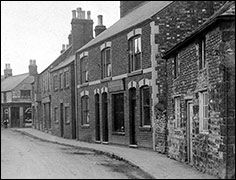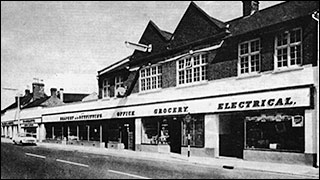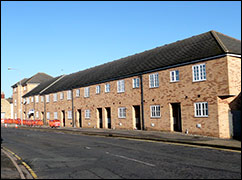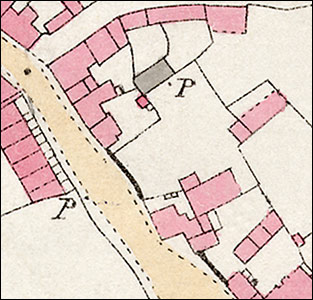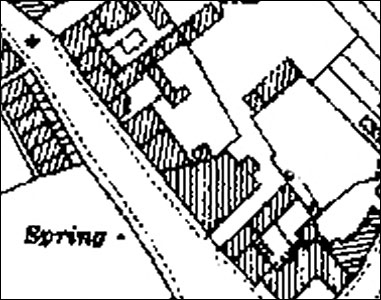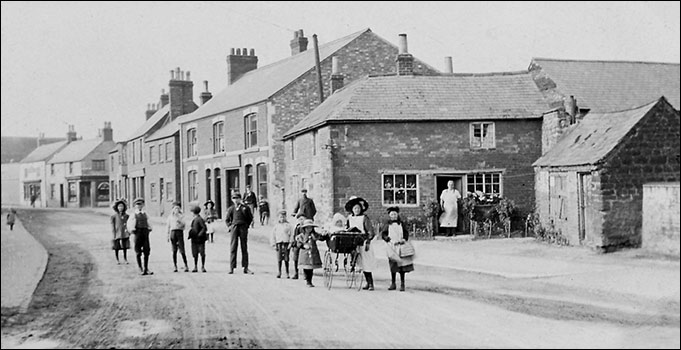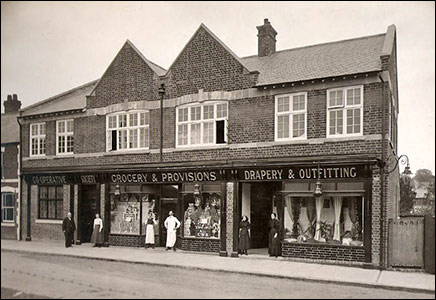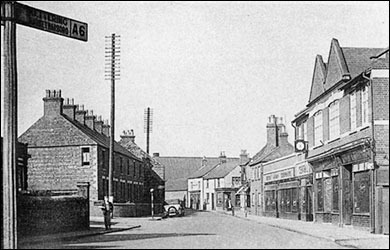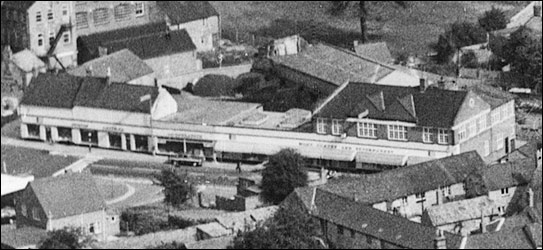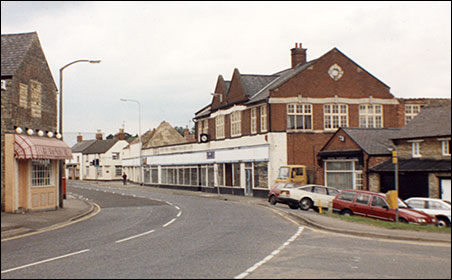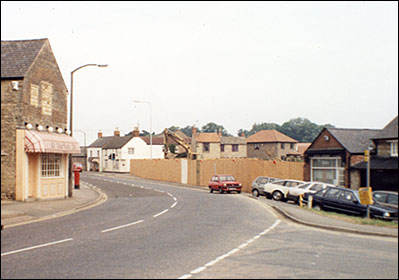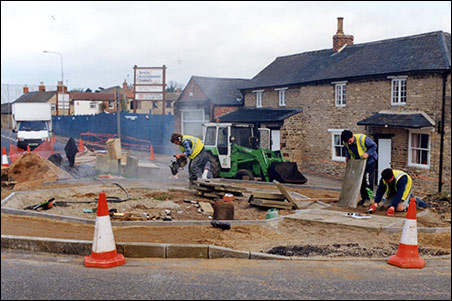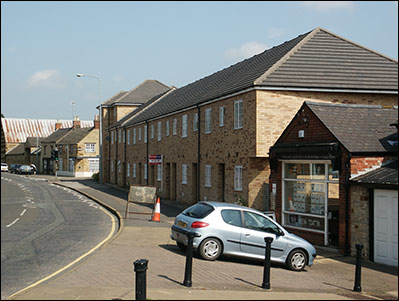|
||||||
|
||||||
For most people living in Burton in the last century, "The Co-op" was a series of shops (later one large shop with a number of sections) occupying the area between Bakehouse Lane and Osborne House, which stands on the corner of Church Street.
|
||||||
Fortunately, a few photos have survived, and in the view on the right (from about 1905) we can see a row of shops and private houses, with Eben Taylor's shoe shop at the eastern end. (For a more detailed description of the businesses which operated here, see shops 17-20 in the "Shops of Burton" feature here) The different roof heights and styles indicate that they were built over a period of time, rather than as one integrated terrace. Closer inspection of available photos shows that the three properties at the Bakehouse Lane end were built of stone and the central buildings were of brick. At any rate, they provided retail facilities and services for what was then a town growing fairly rapidly as the footwear and clothing industries (which had arrived in the 1870s-1890s) began to flourish. |
||||||
Although the lower floor with the shop frontage underwent several make-overs and re-fits over the next sixty years, the main structure of the building remained substantially unchanged for the whole of its life. As the Co-op's operations expanded, the need for more retail floor space became increasingly urgent. The solution to the problem was the gradual take-over of the whole row of shops up to the corner of Bakehouse Lane. This was accomplished in two main stages. |
||||||
In 1936, the Co-op bought the site next door, demolished the house and shop, and expanded westwards. In the 1950s and 60s the remainder of the row was brought under Co-op owndership and the frontage was again re-modelled to unify the image presented to the buying public.
The full story of the Co-op in Burton has been thoroughly researched for the Society and can be read by clicking here. In latter part of the last century, there was a major shift in retailing, caused by the rise of the major supermarket chains like Tesco and Sainsbury, and the emergence of stores like Comet which sold major domestic appliances and televisions. The Co-op found itself unable to compete effectively, and decline set in. Final closure of the main site came in March 1989. All the buildings disappeared in a matter of weeks as they were demolished one by one. The site stood empty for about six years, until residential housing was built there. |
||||||
|
||||||
